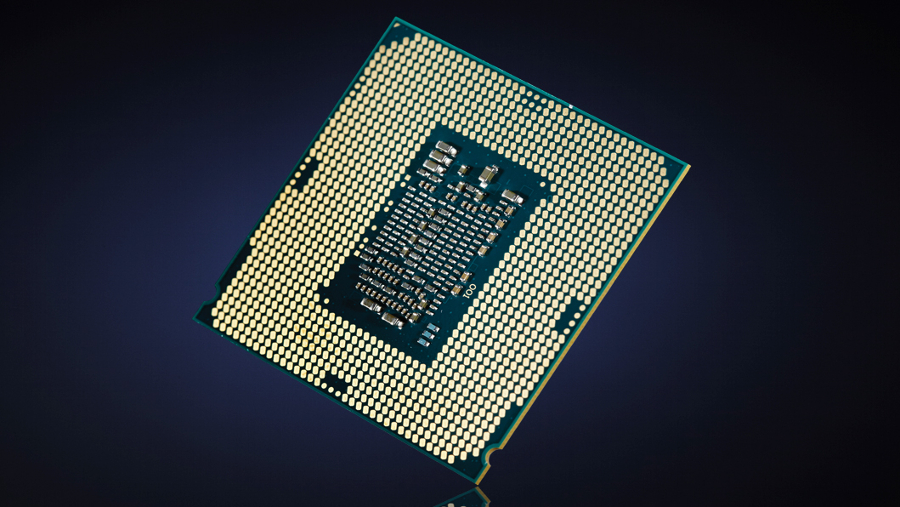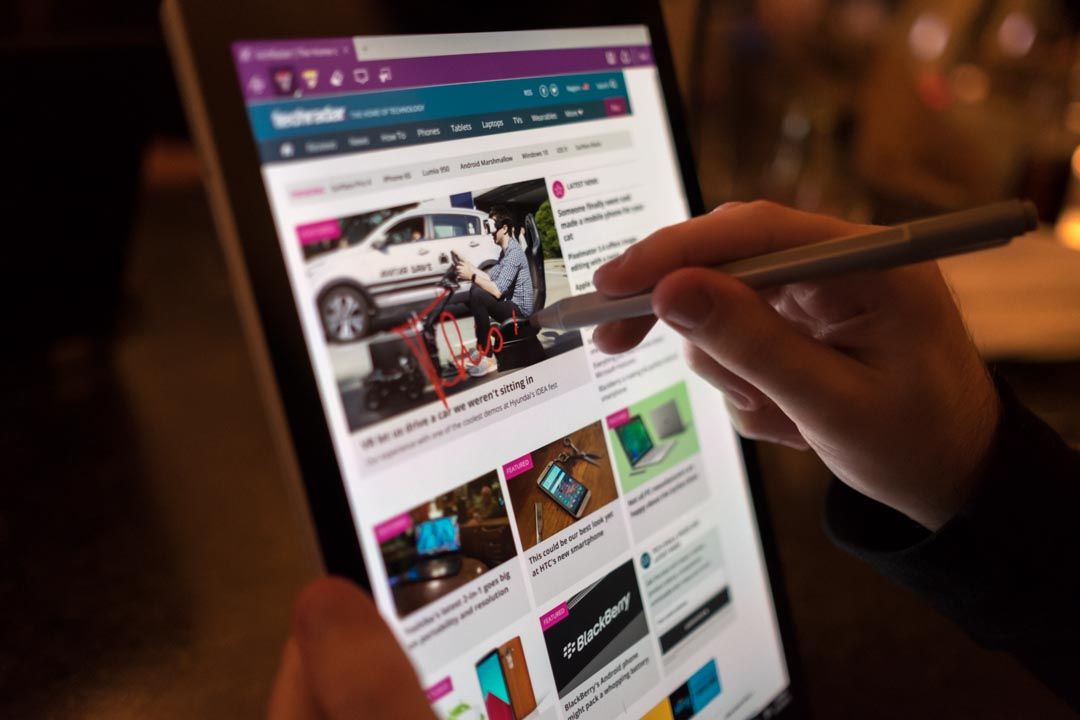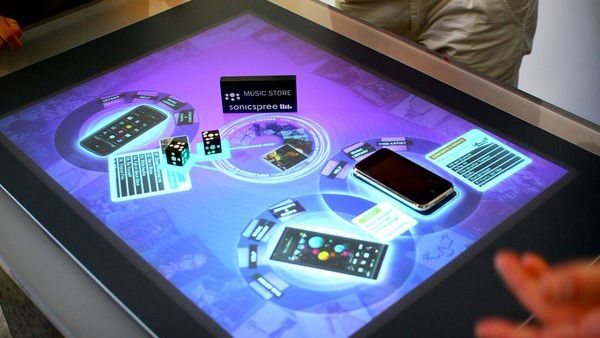
Surface PC
Nearing the one-year anniversary of the Surface Pro 4 and Surface Book, it’s time to start thinking about the future. Early 2017 in particular is when the Surface Pro 5 and Surface Book 2 are rumored to be out in the hands of the public, alongside the second Redstone update.
But, what if Microsoft were to create yet another Surface, aimed to complement the already-thriving market of 2-in-1 devices it helped inspire? With PC sales on the decline, surely the company would do whatever it takes to spur another trend to drive even more Windows 10 installs.
Enter the Surface all-in-one (AIO) PC, an idea that originally emerged in the press back in February as a modular desktop computer. Theoretically, this hot piece of tech would meld the best of both worlds, fusing the PixelSense table display with the night-equally expensive Surface Hub. Of course, a smaller form factor would be appreciated.
Rest assured, the Surface all-in-one could be the PC to challenge the new iMac. With few options for top-end all-in-ones to choose from, the proposed Surface PC could draw on the success of Microsoft’s other 2-in-1 hardware and inpsire third-party OEMs – like HP and Dell – to rethink how they produce their machines.

Working out the guts
Before we go into the more nitpicky design choices, we should talk about specs. Windows Central recently reported that Microsoft was testing not one, but three different Surface AIOs featuring screens of various sizes and resolutions. The 21-inch model will bear a Full HD display while the 24- and 27-inchers will be upgraded to a whopping 4K. It’s no 5K iMac, but at the same time, a higher resolution would demand beefed up graphics capabilities across the board.
While it’s still not clear whether Microsoft is bringing this version of the Surface all-in-one, or any PC at all, to market, it’s still fun to speculate on what exactly it might comprise. For instance, we might want for a Surface all-in-one to include a discrete graphics chip, at least in the 4K models. Sure, it’s a pipe dream to expect high-end games to run in 4K at the highest settings, but you don’t need a Titan X for video editing or 3D modeling applications.
The graphics, specifically, we expect would make use of Nvidia’s new Pascal architecture, likely a custom mobile chipset akin to that found in the optional Surface Book SKUs.
As for the processor, given its launch window, it would be frivolous to ignore Intel’s latest Kaby Lake chips despite the insubstantial upgrades over Skylake. Maybe we’ll get some one-on-one action with that i7-7700K, if we’re lucky.

CPU-wise, however, we don’t know what to anticipate, since the Kaby Lake processors have just been announced. And, given the time frame, Skylake will be left in the dust by then.
Another theory that recently popped up stems from MSPoweruser, which suggests the presumed Surface all-in-one will ship with Intel’s 3D camera technology, RealSense. This would undoubtedly come in handy for Windows Hello, which mandates 3D authentication for its facial recognition scanner.
That being said, although this rumor isn’t exactly prodigious, the same report suggests we’ll see the Surface all-in-one as early as Q3 2016. Given Microsoft’s historical struggle acclimating to new chipsets, and the reports that the Surface Book 2 and Surface Pro 5 were delayed as a result of these complications, this is all but implausible.
A computer like LEGOs?
The original Surface Book, with its larger than life hinge gap and unusual 3:2 aspect ratio, was off-putting in areas where it was trying to be subversive. Sure, 3:2 made reading on-screen text easier, but for just about everything else – including TV and gaming – 16:9 is the standard.

What we’re hoping with the Surface all-in-one is that it dodges these design flaws altogether by tailoring to the user rather than Microsoft’s ideas of innovation. With word that it’s going to support both 1080p and 4K resolutions rather than the peculiar 3,000 x 2,000 pixels of the Surface Book, we can optimistically see parity with other all-in-one devices.
Moreover, the original Surface PC rumors pointed to a patent filed in July 2015 authored by Tim Escolin – you guessed it – a senior industrial designer on the range of Surface devices. It pictured a modular computer, reminding us of Razer’s Project Christine from a few years back, with components stacked one on top of the other at the base of the computer, bolstering the monitor to eye level.

The only problem is, Project Christine fell through the cracks not long after its conception, as it failed to garner enough support from OEMs. Sure, Microsoft has more authority over parts manufacturers, but just how far they’re willing to go for an unproven product remains to be seen.
LEGO brick-like modular components could make DIY computing significantly more accessible, and since we all have different needs for our mouse and keyboard companions, a stackable solution would be preferred to a limited swath of predetermined configurations. In this case, gamers could focus on integrating high-end GPUs while number-crunchers could opt for sheer processing might.
Monitor detachment
Keeping with the modular components theory, a Surface PC would conceivably appeal to the same audience as the Surfaces before it: users who want highly capable hardware without the effort and the mess of building a PC. On the other hand, even if it happens, there isn’t much evidence to qualify it as a Surface just yet.
Will there be a detachable screen that acts as a massive tablet, or would that prove too risky for Microsoft? It would be an interesting (not to mention unique) take on the all-in-one to say the least, but its practicality is questionable. Then again, bundle it with an almighty Surface Pen, and Microsoft could give Wacom a run for its money, effectively challenging the Cintiq tablet.

For non-designers, however, an all-in-one with a detachable screen makes us think it’s the tablet reincarnation of the Motorola DynaTAC rather than the dawn of a new computing era. Who knows, though? Maybe we’ll see a renaissance of virtual board games, thanks to a screen finally big enough to support them.
Stay tuned to this article, as we’ll update it with more Surface PC leaks, rumors and our take on them as they pop up.
Source: techradar.com










































It's an interesting idea. Apple still manage to sell AIOs.
Where's the Surface 4? The consumer tablet.
I think its very disappointing that were are close to 2017 and neither microsoft, sony, amd, nvidia, razor, asus, msi, aorus or any other company cant make a decent console tablet or gaming pc tablet with real good hardware and up to date graphics and specs. If I was rich or an investor id team up with some of these companies to make a nice portable gaming device that you can even actually play your vr on without having to stream and worry about stupid lag.